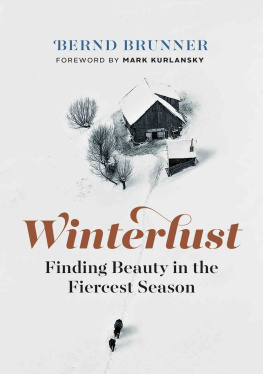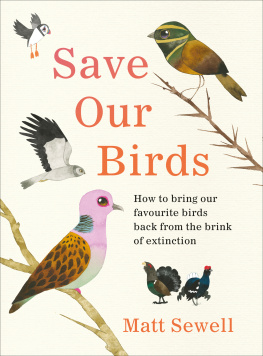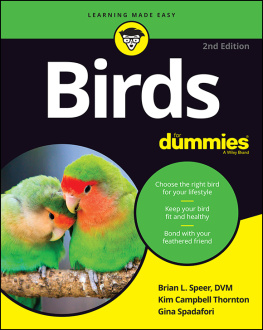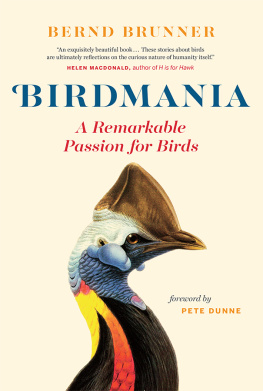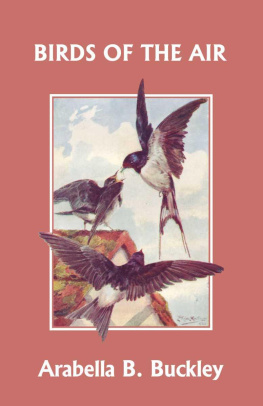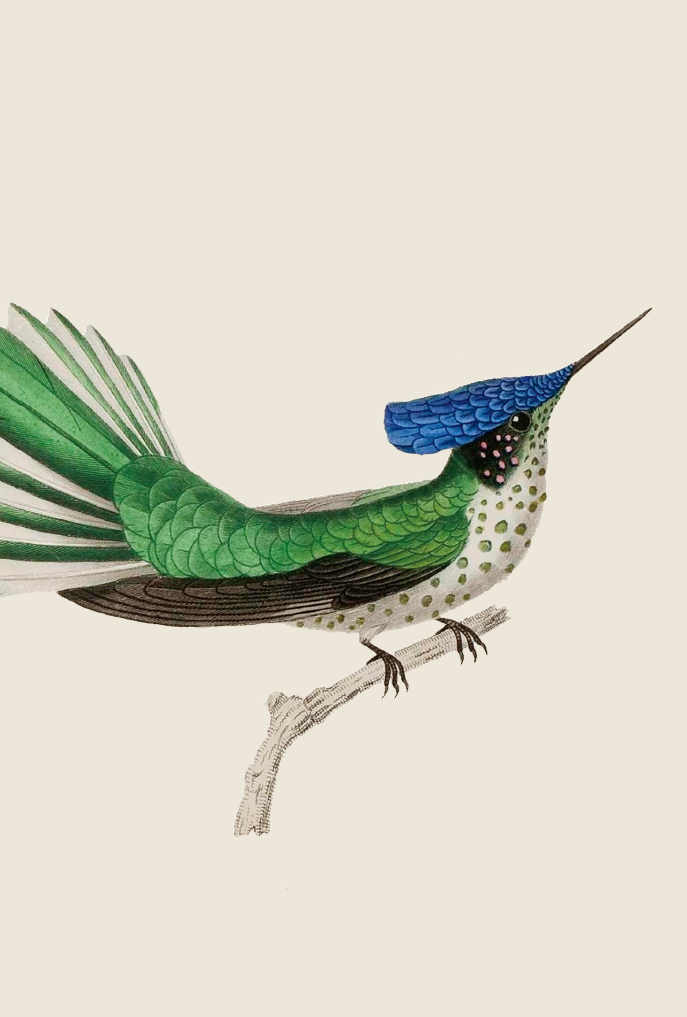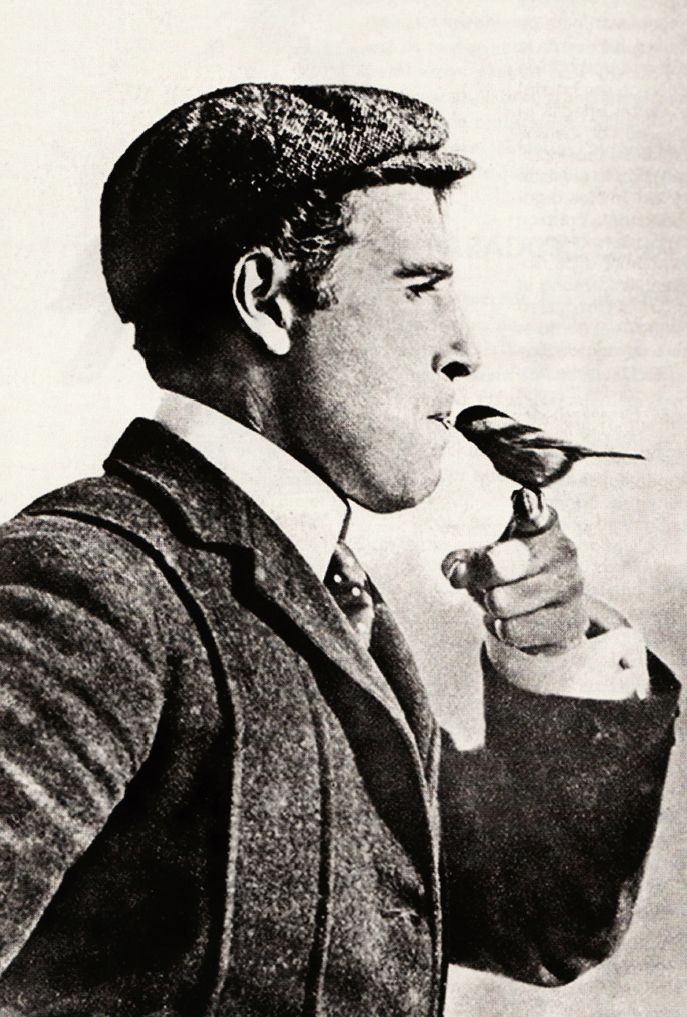First published in Australia and New Zealand by Allen & Unwin in 2017
Originally published by Verlag Galiani Berlin, Germany, as Ornithomania: Geschichte einer besonderen Leidenschaft by Bernd Brunner copyright 2015 by Verlag Kiepenheuer & Witsch, Cologne
Originally published in the English language by
Greystone Books
343 Railway Street
Suite 201
Vancouver, B.C.
V6A 1A4, Canada
The translation of this work was supported by a grant from the Goethe-Institut, which is funded by the German Ministry of Foreign Affairs.
All rights reserved. No part of this book may be reproduced or transmitted in any form or by any means, electronic or mechanical, including photocopying, recording or by any information storage and retrieval system, without prior permission in writing from the publisher. The Australian Copyright Act 1968 (the Act) allows a maximum of one chapter or 10 per cent of this book, whichever is the greater, to be photocopied by any educational institution for its educational purposes provided that the educational institution (or body that administers it) has given a remuneration notice to the Copyright Agency (Australia) under the Act.
Allen & Unwin
83 Alexander Street
Crows Nest NSW 2065
Australia
Phone: (612) 8425 0100
Email:
Web: www.allenandunwin.com
Cataloguing-in-Publication details are available from the National Library of Australia
www.trove.nla.gov.au
ISBN 978 1 76063 135 2
eISBN 978 1 76063 964 8
Front cover illustration: Sclaters Cassowary by John Gerrard Keulemans
Table of Contents


SINCE BEFORE OUR ancestors surrendered perch space in the limbs of trees, birds have played an integral role in our lives. Serving first as heralds of approaching danger, birds went on to become augurs of fortune, even emissaries of our gods (and in some cultures the personification of gods themselves). In more recent times birds have served as indicators of environmental health, our canaries in the coal mine. Bernd Brunners fascinating and comprehensive book explores the many ways birds have figured in the human experience and why so many among us have made birds the centerpiece of our lives.
Must you, then, be a bird watcher to enjoy this book? No. As birds have demonstrated throughout human history, all humans need bring to this enduring interspecific relationship is awareness. The engaging power of birds does the rest.
But why this animal group? Of all the creatures on the planet, only our domestic pets garner more human favor than do these feathered creatures. Birds delight us with their colors, enchant us with their songs, and reward our studied regard with their uncommon patience. While other animals flee at our approach, birds treat us with tolerance, knowing that their powers of flight give them control over the situation.
And here, I think, lies the key to our love of birds. There are few creatures on earth that we humans must look up to. Birds in both a literal and figurative sense command our lofty regard, forcing us to see them with eyes raised as they exercise their enviable powers of flight. Is it any wonder, then, that birds have long been held as our link to the heavens? As the author of North Americas first true field guide, Roger Tory Peterson, so often observed, the only creatures with feathered wings are angels and birds. Dr. Peterson earned his wings on July 28, 1996.
As a bird watcher, it has been my privilege to study birds on every continent, an accomplishment that not only underscores my level of interest but also highlights the adaptive capacity of birds whose wings have allowed them to colonize and flourish everywhere on this planet. No other creatures so deserve the title citizens of Earth, inhabiting as they do, every habitat under the sun: from blue skies to blue seas, from the most moisture-impoverished corners of our globe to the most inhospitable polar regions. Birds have even made themselves at home in urban and suburban environs, habitats modified solely to meet our species needs. In fact, there has never been a time in human history when more people have lived in greater intimacy with birds, and it was precisely this burgeoning intimacy that led to my own lifelong fascination with birds. In the 1950s, suburbia was still a social experiment. As it turned out, this hybrid environment, which came into being at the end of World War II, was one where birds and humans could (and still can) flourish together.
Bird watching is now North Americas second most popular outdoor activity (second only to gardening). I trace the late twentieth-century explosion in its popularity precisely to the suburban sprawl that brought tens of millions of North American residents into day-to-day intimacy with robins, mockingbirds, jays, and other emissaries of the natural world. I trace my personal fascination just as precisely to a birthday present given to a neighborhood friend, whose gift of binoculars coupled with a pocket-sized field guide to birds brought Donna and me intimacy and insight that turned ordinary suburban yards into portals of discovery and wonder.
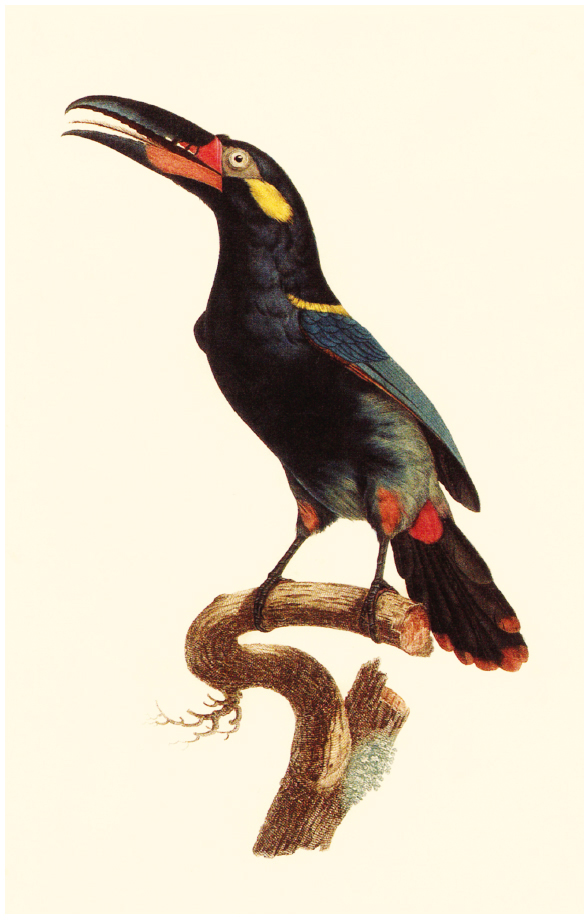
Birds have the power to transform human lives, as the many accounts collected in this book attest. And while I never personally collected birds eggsthe focus of chapter 13I did, in my youth, seek out birds nests to marvel at the color and complexity of the near-perfect vessels of procreation cradled within. Having done so, I can easily see why egg collecting was pursued with such passion. So prized were the eggs of the peregrine that during the DDT era, when raptor populations plummeted, a twenty-four-hour guard was placed at some easily accessed aeries in the United Kingdom. One look at a peregrine egg, whose cinnamon-colored base is overlaid with dark spotting of fathomless complexity, is enough to ignite the acquisitive instincts of any lover of beauty. And while I never encountered breeding peregrines in my youthsuburbia is not the falcons preferred habitatmy suburban-calibrated eyes beheld other orb-shaped treasures as alluring as the eggs of the peregrine. Orbs like the summer skyblue eggs of American robins, cradled in their adobe nests, and the twilight-blue eggs of gray catbirds whose twig nests were often placed within reach of seven-year-old arms.
And while you may never have indulged in bird study as seriously as those characters who figure in this book, it is certain that birds have touched your life. If you were, perchance, a baseball fan, as all young American boys (and many young American girls) of my generation were, it is certain that you kept up with the league standings of the Toronto Blue Jays, the St. Louis Cardinals, and the Baltimore Orioles, as the teams would be listed in phylogenetic order if the American Ornithological Society, instead of the baseball commissioner, were managing the lineup. But by the age of ten, Id stopped collecting baseball cards and obsessed instead upon the collecting (or listing) of birds, accounting the finding of a scarlet tanager or Kentucky warbler as gratifying as the acquisition of a Mickey Mantle or Roger Maris baseball card.


